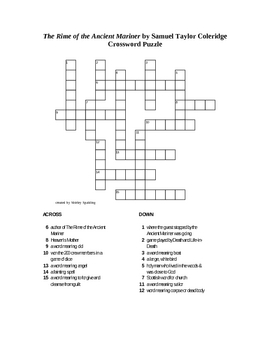
Rossetti’s judgment with regard to the photointaglio reproduction of Job. In the exigency of printing, some of the delicate pendants to chapters have disappeared, but one or two new ones have been added.

Blake removes the misunderstanding formerly created. Blake, from Blake’s drawing, is a good addition, and the placing of Mrs. Linton’s copy of the original is unfaithful. It seems a pity to have dropped the folding plate illustrative of the Canterbury Pilgrims engraving, and we wish that the Visionary Heads could have been redrawn. The larger specimens of the Book of Job, inserted near the beginning of the first volume have also, fortunately, been dropped, and the printing of the leaves from the prophetic books uniformly in a reddish tint gives a much more satisfactory result it may be added that the printing and tint here are both great improvements upon those in the first edition. Several of the wood-cut illustrations from Blake’s works used in a recent article in Scribner’s Monthly have been incorporated, and a reproduction of the Book of Job by the photointaglio process has taken the place of the unfortunate photo-lithographs of the first edition. One of the recently discovered illustrations of Shakespeare by Blake has been reproduced, an additional page from the Jerusalem, and the Phillips’ portrait, reduced in size. Herbert Gilchrist, a son of the author, has furnished two interesting designs of Blake’s cottage at Felpham, and his working-room in Fountain Court. The cover is bolder and more significant then the proportions of the page are better, and the illustrations are printed with greater care, india paper being used for the impressions of the steel-plates and the wood-cuts. In external features, as we have hinted, this new edition surpasses the former. The elements of power in that school which have given it a temporary sway are represented in Blake, but the coincidence is not so wide as to persuade us that with the decadence of an essentially hopeless art and literature there will disappear also a merely fashionable admiration for this great Englishman. It would be only a partial judgment, we think, which should connect Blake’s fame with a waning school in English literature and art that has made much of this visionary. Truly, we may congratulate ourselves upon an increased susceptibility to genius in unwonted forms, when we observe this new and admirable edition succeeding a book which was long since absorbed by the public or, if this be too self-complacent, we may at least believe that the interest in art has been liberalized, and rendered less timid and conventional.


Nothing is more certain than that it would not have been in the power of a coterie of writers and artists to bring back to life a dead reputation, and the result which has followed the original publication of Gilchrist’s Life may be referred, after due honor has been paid to the enthusiastic biographer, to the unquenchable fire of Blake’s genius and to the hospitality of this generation. Scott, and others, the reprinting of Blake’s poems in various editions, the issue of fac-similes of his prophetic books, the exhibition of Blake’s works in London in 1876, and the modest one recently held in Boston, with the notes and discussions which all these have occasioned in journals and magazines this accumulation of study has widened the circle of Blake’s influence, and has been a witness to his unmistakable power. Rossetti, and since the publication of the first edition to the commentaries by Mr. Blake’s celebrity to-day is largely due to the affectionate labors of Mr. THE omission of the words Pictor Ignotus from the title-page of the new edition of Gilchrist’s Life and Works of William Blake, 1 and the positive advance made in beauty of presentation, may be taken both as an intimation that the obscurity in which Blake’s name was hidden twenty years ago has since been dissipated, and as a clear justification of the liberality which has attended the rehabilitation of a man of genius.


 0 kommentar(er)
0 kommentar(er)
